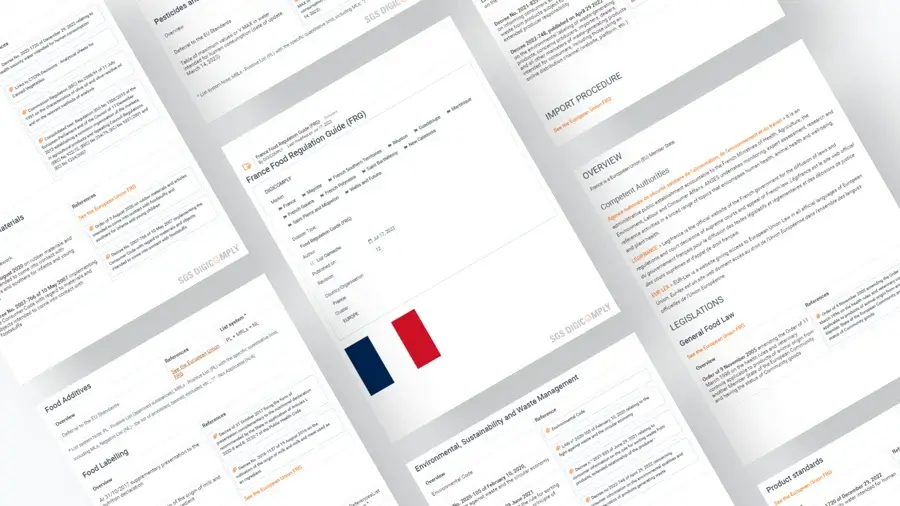What is World Trade Organization (WTO)
The World Trade Organization (WTO) is an intergovernmental organization that regulates international trade. Established on January 1, 1995, it succeeded the General Agreement on Tariffs and Trade (GATT), which had been in place since 1948. The core purpose of the WTO is to facilitate smooth and predictable trade flows by providing a framework for negotiating and formalizing trade agreements among its members. With 164 member countries as of 2023, the WTO plays a pivotal role in ensuring that trade is conducted fairly and transparently.
Structure and Functions of the WTO
The WTO operates through a series of agreements, which have been negotiated and ratified by member nations. The organization’s main functions include:
- Administering Trade Agreements: The WTO oversees various trade agreements that govern international trade, including those related to goods, services, and intellectual property.
- Dispute Resolution: The WTO provides a structured process for resolving trade disputes between member countries, fostering a legal framework that encourages compliance and negotiation.
- Monitoring Trade Policies: The organization conducts regular reviews of national trade policies to ensure that they comply with WTO agreements.
- Technical Assistance and Training: The WTO offers training programs for developing countries to help them understand and implement trade agreements.
- Cooperation with Other International Organizations: The WTO collaborates with other global entities, such as the International Monetary Fund (IMF) and the World Bank, to promote trade and economic development.
Impact of the WTO on the Food Industry
The food industry is significantly influenced by the policies and agreements set forth by the WTO. These impacts can be analyzed across multiple dimensions:
1. Trade Liberalization
One of the primary objectives of the WTO is to promote trade liberalization, which involves reducing tariffs and other barriers to trade. In the food industry, this has led to:
- Increased Market Access: Lower tariffs have made it easier for countries to export and import food products, leading to greater availability of diverse food items in local markets.
- Competitive Pricing: Enhanced competition among international suppliers often results in lower prices for consumers, making food more affordable.
2. Food Safety Standards
The WTO's Agreement on the Application of Sanitary and Phytosanitary Measures (SPS Agreement) establishes guidelines that member countries must follow to ensure food safety and animal and plant health. This agreement has implications for:
- Quality Assurance: Countries must adhere to scientifically backed standards for food safety, which can improve consumer trust and public health.
- Export Opportunities: Compliance with SPS measures allows countries to access new markets, as their products meet international safety standards.
3. Agricultural Subsidies and Domestic Support
The WTO also addresses agricultural subsidies through the Agreement on Agriculture (AoA). This agreement impacts the food industry by:
- Reducing Trade Distortions: By limiting excessive subsidies, the WTO aims to create a level playing field for farmers worldwide, which can lead to fair competition.
- Encouraging Sustainable Practices: Nations are motivated to adopt more sustainable agricultural practices as they navigate subsidy reforms.
4. Influence on Food Security
While the WTO promotes trade, the implications for food security are complex. On one hand, increased trade can enhance food availability; on the other hand, reliance on global markets can expose countries to price volatility and supply chain disruptions. Key considerations include:
- Resilience: Countries must develop strategies to ensure that their food systems can withstand global market fluctuations.
- Local Production: Balancing imports with local agricultural production is crucial for maintaining food sovereignty and security.
Challenges and Criticisms of the WTO's Role in the Food Industry
Despite its efforts to promote fair trade, the WTO faces criticism regarding its impact on the food industry. Some of the major challenges include:
- Disparities Between Developed and Developing Countries: Critics argue that WTO policies often favor developed nations, leading to unequal advantages in trade negotiations.
- Environmental Concerns: The push for increased agricultural production and trade can lead to environmental degradation, raising questions about sustainability.
- Consumer Health Risks: The global movement of food products can introduce risks related to food safety and quality, particularly when standards differ significantly across countries.
Conclusion
The World Trade Organization plays a crucial role in shaping the landscape of the global food industry. Through trade liberalization, the establishment of food safety standards, and the regulation of agricultural subsidies, the WTO influences how food is produced, traded, and consumed worldwide. However, as the organization navigates the complexities of international trade, it must address the criticisms and challenges it faces to ensure that its policies promote not only economic growth but also sustainable practices and food security for all member nations.





